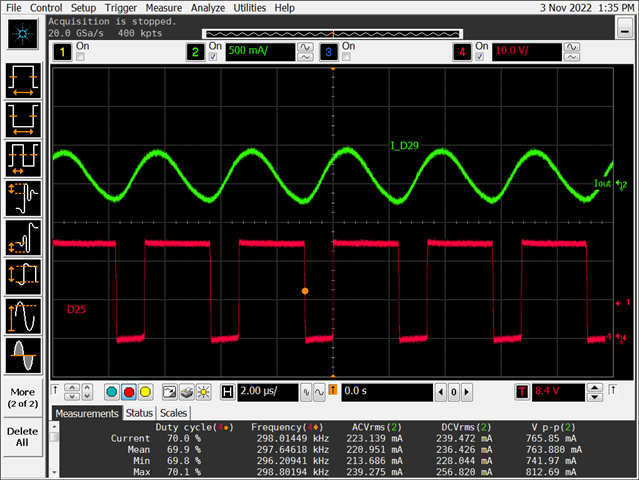Hi TI experts,
We have a LM5118 buck-boost design with below spec.
Vin: 16V-68V
Vout: 54V
Iout-max: 1A
We observed low efficiency when Vin is 16V and 24V, while the Iout is close to 1A. The measured efficiency is only 65% at 16Vin/1AIout and 74% at 24Vin/1AIout.
Could you review the schematic and advise how can the efficiency be improved?

Thanks,
Neo





